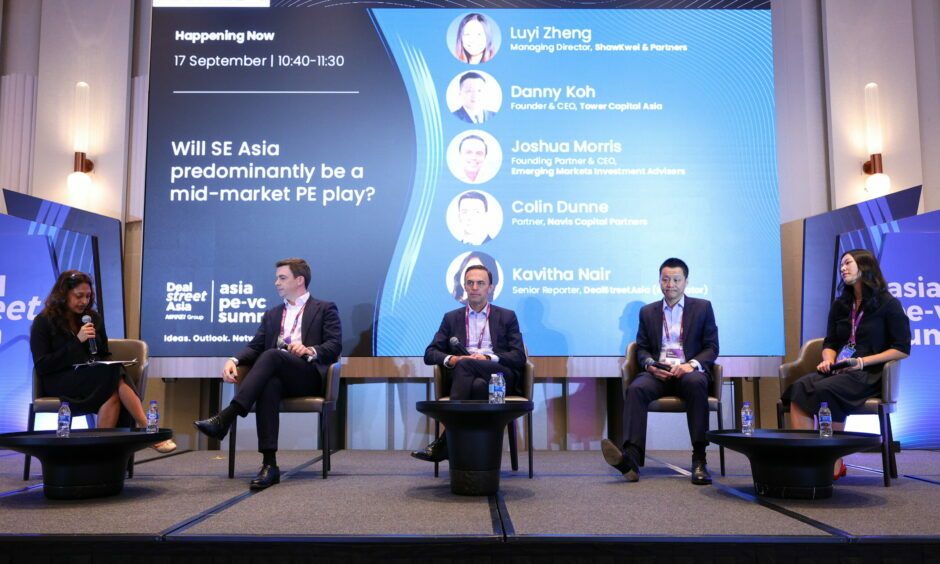As Southeast Asia gains prominence in the global private equity landscape, the region’s mid-market segment, especially, shows bright prospects, according to seasoned investors.
Register now to enjoy 3 free articles per month,
or log in to continue reading.
Stay informed with complimentary articles each month
Gain access to our exclusive newsletters delivered directly to your inbox
Be the first to know about all our summits!
Already a Subscriber? Log in



